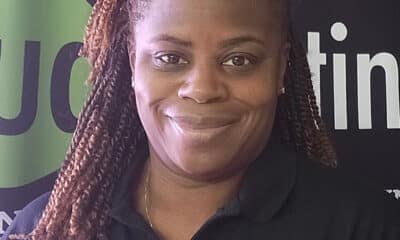
Jess Ashton
Sierra Custom Ink | Owner/Operator
Grass Valley, CA
JESS ASHTON HAS MORE than 12 years of experience in the screen-printing industry, including more than two years as a shop owner. She runs a full-service business offering screen printing, embroidery, graphic design, and custom apparel while constantly researching new techniques and trends.
Known for her generosity, Ashton supports nonprofits, schools, and community organizations through affordable printing services and volunteerism. She actively engages with industry forums and uplifts fellow printers — even competitors — by sharing knowledge and encouragement. A dedicated mother, leader, and mentor, the decorator embodies the spirit of the custom printing industry with her passion, innovation, and commitment to others.
Q: What innovative print techniques or trends have you found most exciting, and how have they benefited your clients?
I really love working with water-based and discharge inks. Out here in California, a lot of clients are contractors working in the summer heat. Heavy plastisol prints can feel like a sweat patch, so introducing them to softer, breathable alternatives has been a game-changer. It not only improves comfort but also helps them see the value of exploring different print options.
We’ve also been experimenting with ice dyeing and tie-dyeing. In particular, ice dyeing is fascinating. It uses powdered dye with ice laid over the shirts, creating beautiful, organic layers of color as it melts. The results feel more natural and earthy than traditional tie-dye spirals.
We’ve introduced it for special events and retail items, and customers love the uniqueness. It’s still small-batch — maybe up to 100 pieces at a time — but it adds a fun, creative outlet for us and a highly custom product for them.
Q: How do you approach building relationships with local nonprofits and organizations?
The key is not waiting for them to come to you—you must reach out. Early on, I connected with the Nevada County Toy Run, a motorcycle charity event, and that opened a lot of doors. From there, I joined networking groups, chambers of commerce, and local contractors’ associations.
We also stay active on Facebook because that’s where our community engages most. If someone asks for a printer, I make sure we’re visible and responsive. Our physical storefront also helps us stand out from garage-based shops in the area.
When working with nonprofits, I usually ask about their ideal order size and their budget. If their numbers don’t align, I’ll find a middle ground — sometimes donating, sometimes discounting, depending on what makes sense. For example, with the Toy Run, we provide them with a great deal and, when possible, also donate a portion back.
Q: As a woman business owner in a male-dominated industry, what has your experience been like, and how do you lead your team?
I’ve worked in many male-dominated fields — chef, baker, butcher, contractor — and I’ve seen women underestimated time and again. Even now, when a male employee is in the shop, some new customers will speak to him before realizing I own the business.
I don’t necessarily see myself as a “leader of the industry,” but I try to lead by example. Transparency and trust are central to how I run Sierra Custom Ink. Our team is small, but we’re mighty, and once clients work with us, they rarely go anywhere else.
I also believe in creating opportunities for women. Four out of our five team members are women, and I take pride in showing that we can thrive in this space.
At the end of the day, it’s about patience, kindness, and building a reputation people can count on.
Advertisement

Q:Tell us about your shop setup.
Right now, we run a manual 6/6 press. I do most of the printing myself, which is a lot of physical work, but it keeps me close to the craft. On the embroidery side, we have two Melco Bravos and a third machine we’re refurbishing. Our team is small but growing — we have five people total, including myself, a production manager, two embroiderers, and a part-time screen cleaner. My husband also helps with equipment repairs.
Q: How do you balance running a full-service shop while keeping up with new industry knowledge and techniques?
Honestly, I don’t sleep much. A lot of my learning happens late at night when I can read, research, and reset from the day. Sometimes a customer will request something I haven’t done before, and I’ll use that as an opportunity to test and learn.
I’m very transparent with clients — I’ll tell them, “I haven’t tried this yet, but if you give me some extra time, I’ll practice first. I usually offer them a discount on those first runs since I’m experimenting.”
For resources, I follow forums on Reddit, Facebook groups, Discord, and particularly, The Shirt Show group. ScreenPrinting.com also has excellent educational content that helps me stay grounded in the basics. And of course, I try to make industry shows when I can.
Q: Discharge printing is known for its strong odor. How do you manage that in your shop?
The smell is awful! When I run discharge jobs, I usually come in at 4 or 5 a.m. to get it done before the shop fills with staff or customers. We’re in a small space, so I don’t like exposing my team to it. It’s my choice to print with it — not theirs. Hopefully, technology will improve someday, but for now, it’s just part of the process.
PHOTO GALLERY (13 IMAGES)
Advertisement


 Expert Perspectives2 months ago
Expert Perspectives2 months ago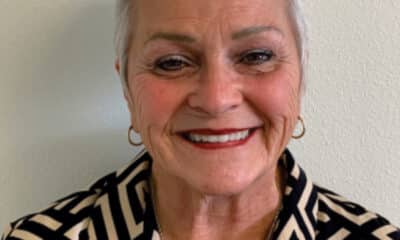
 Women in Screen Printing1 month ago
Women in Screen Printing1 month ago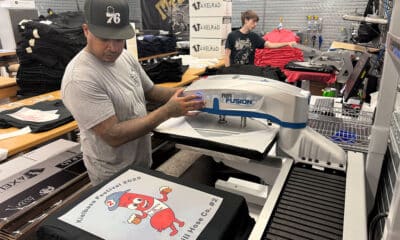
 Shop Management2 months ago
Shop Management2 months ago
 Women in Screen Printing1 month ago
Women in Screen Printing1 month ago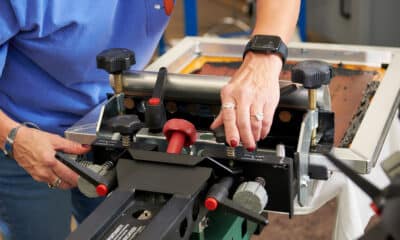
 Case Studies3 weeks ago
Case Studies3 weeks ago
 Kevin Baumgart2 months ago
Kevin Baumgart2 months ago
 Thomas Trimingham4 weeks ago
Thomas Trimingham4 weeks ago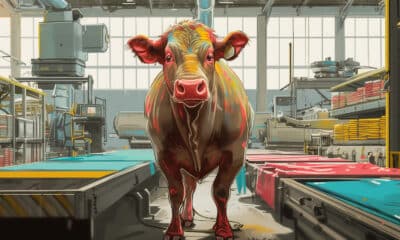
 Marshall Atkinson1 month ago
Marshall Atkinson1 month ago












